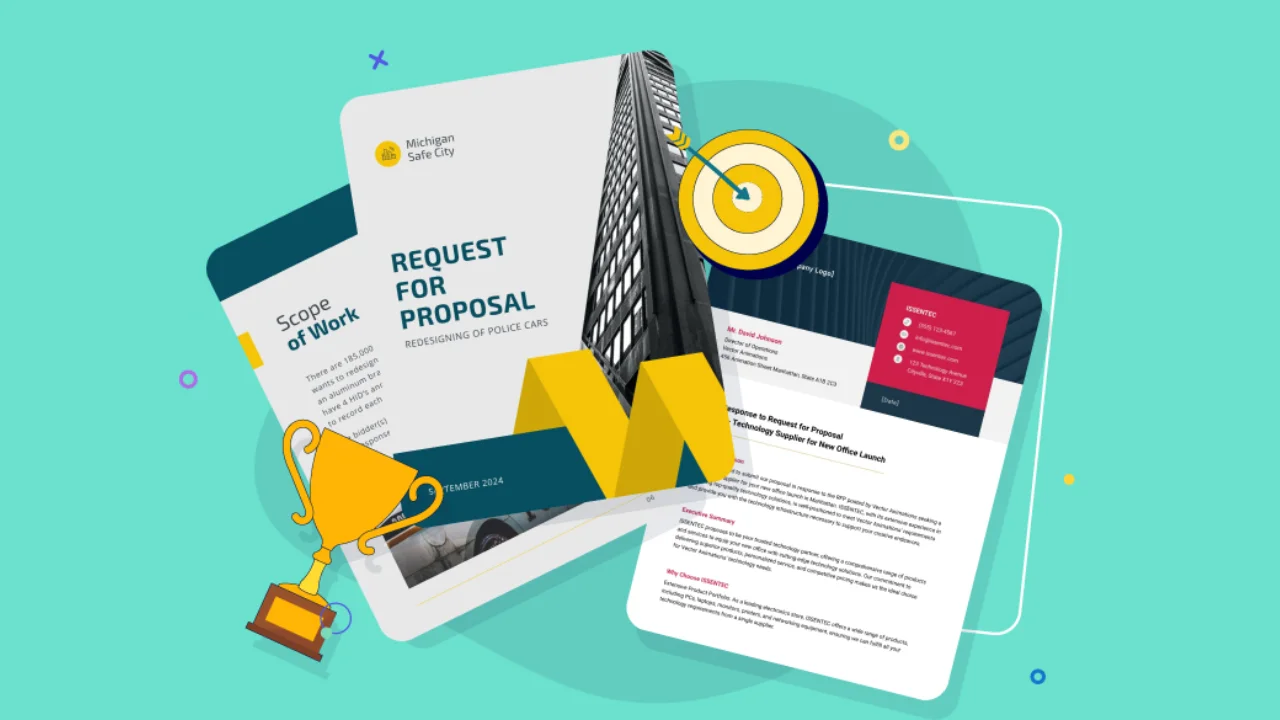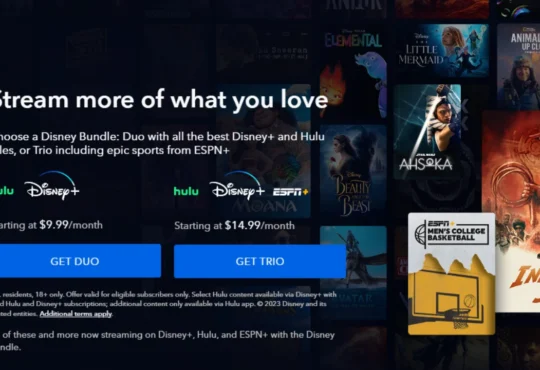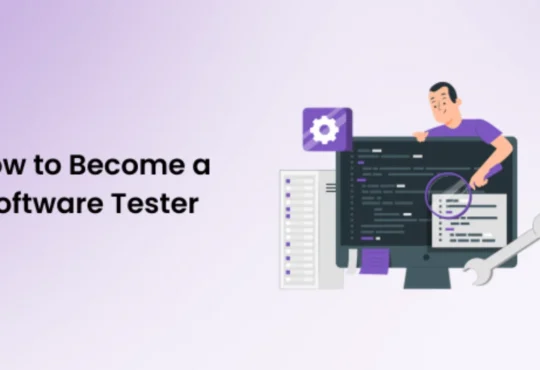Being a business professional, grappling with a Request for Proposal (RFP) is no easy task. Often, the process can seem daunting due to the high stakes at hand, and the sheer complexity of requirements that need to be addressed. Understanding and effectively responding to an RFP can positively influence business growth, leading to new partnerships and opportunities. In this article, we will lay down some important insights and resources for crafting a compelling RFP response.
Understanding the Basics of RFP Response
Navigating the labyrinth that is an RFP requires preliminary comprehension of its basics. It begins with understanding what the client is requesting and charting out a logical timeline to respond effectively. Not only should the response be comprehensive, but it should also consciously address each point in the RFP to give your proposal the best shot.
Much like a job application, the key is to tailor your response to the specific needs of the client. A generic, one-size-fits-all approach is a recipe for failure. Instead, your response should convey your business’s unique abilities to fulfill the client’s needs and demonstrate a thorough understanding of the industry.
Furthermore, it’s important to present clear, concise, and factual information to stand out among many potential vendors. Misleading the client or exaggerating capabilities can backfire in the long run. Be honest about your competencies and limitations.
Lastly, paying attention to the format, language, and style specified in the RFP can significantly improve readability and adherence to submission guidelines.
Best Practices to Enhance Your RFP Response Rate
Improving your RFP response rate doesn’t happen overnight. It requires a strategic approach to understanding the client’s needs, addressing them systematically in your proposal, and providing measurable evidence to support your offerings. Prioritize clarity and brevity. Use plain language and avoid jargon to make your response easily understandable.
Keep the focus client-centric. Talk about what matters the most to them rather than trying to shoe-horn all your features and benefits into the proposal. Although it’s necessary to outline your offerings, you need to frame these in terms of how they solve the client’s problem or help them achieve their goals.
Moreover, use RFP response examples and case studies effectively to showcase your firm’s success stories. Concrete examples can serve as strong testimonials, highlighting your expertise and reliability.
Finally, maintain a track record of RFPs you’ve responded to. This data can help you refine your strategy over time. By identifying trends from winning bids, you can understand what works and what doesn’t, and tailor your responses accordingly, improving your success rate.
Crafting an Effective RFP Response: Quality Over Quantity
When it comes to RFP responses, quality undoubtedly trumps quantity. This especially holds true when the RFP involves a complex project where the client is looking for a solution that best fits their unique needs. Efficiency lies in crafting a compelling narrative that aligns your firm’s skillset, experience, and values with the client’s expectations.
It is also essential to deliver a solution-oriented response. Instead of focusing solely on showcasing your company’s features, shift the emphasis toward how your solutions can address the client’s pain points. Spell out the benefits and the potential return on investment for the client.
A well-structured RFP response is also crucial. Break down your response into logical sections that address the client’s needs, your proposed solutions, pricing, and timelines. Moreover, include summaries, diagrams, flowcharts, or infographics where necessary to facilitate comprehension.
Proofreading is another vital aspect. Errors and inconsistencies can diminish your proposal’s credibility. A meticulously crafted, error-free response projects professionalism and attention to detail.
Real-World RFP Response Examples to Inspire Your Business
Learning from successful RFP responses can give you an edge over the competition. By exploring how other businesses have composed winning responses, you can gain insight into the various strategies and styles that resonate with clients.
Online resources, databases, and platforms offer a plethora of real-world RFP response examples. These can provide you with a concrete understanding of what a compelling RFP response looks like. They also offer a platform to experiment with different formats and styles.
However, it is not advisable to entirely imitate these examples. Taking inspiration does not equate to copying. Your RFP response should still be rooted in your unique business ethos and practices.
From a learning perspective, it can also be beneficial to examine unsuccessful RFP responses to identify common pitfalls and avoid them in your own responses.
Advanced Tips for Streamlining Your RFP Response Process
With much at stake, efficient management of your RFP response process can result in a significant competitive advantage. This begins with designing a standardized process for your team to follow. Ensuring everyone is on the same page minimizes confusion and enhances employee productivity.
Developing an RFP response template can also be a game-changer. Templates promote consistency, facilitate faster generation of responses, and prove to be a handy tool, particularly for often-repeated sections such as company profiles or proven methodologies.
Investing in RFP software can be another smart move as it aids in managing and tracking your RFP responses. The automation reduces manual intervention, saves time, and accelerates the entire process.
Ultimately, continuous learning and adapting are essential to stay ahead in the game. Regularly review and update your responses and techniques to ensure they remain effective and relevant.
Altogether, mastering RFP responses demands a strategic approach, a deep understanding of the client’s needs, a well-structured and solution-oriented proposal, and continuous learning from successes and failures. By assimilating these practices, your business can consistently deliver compelling RFP responses and propel growth.








